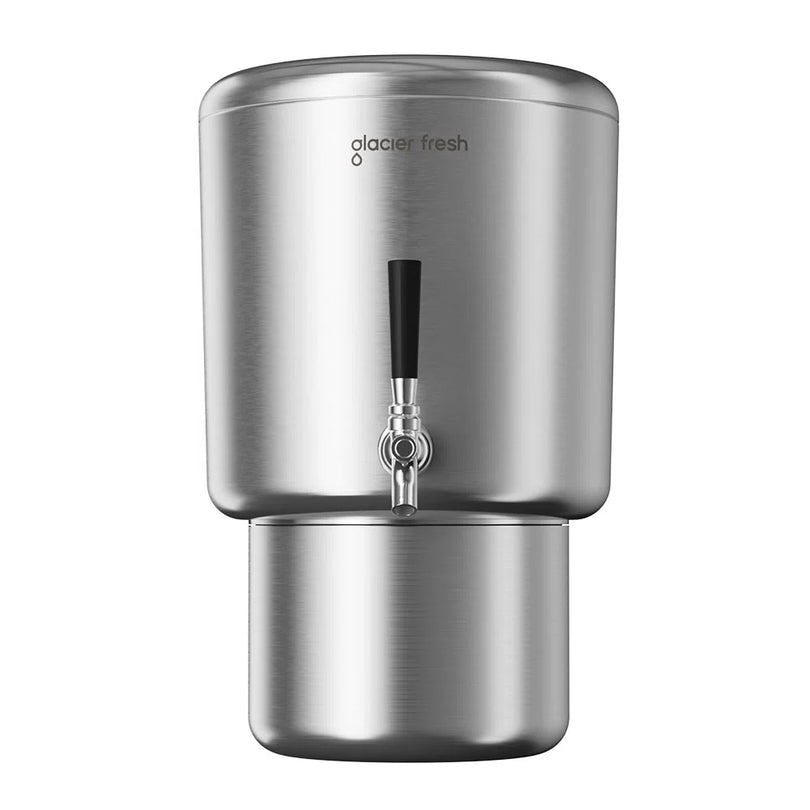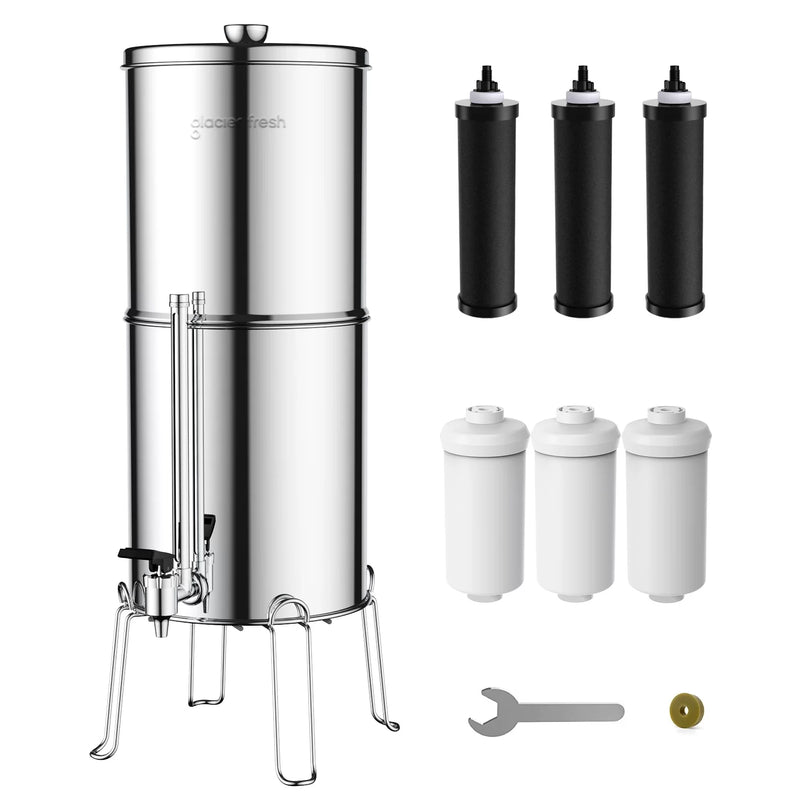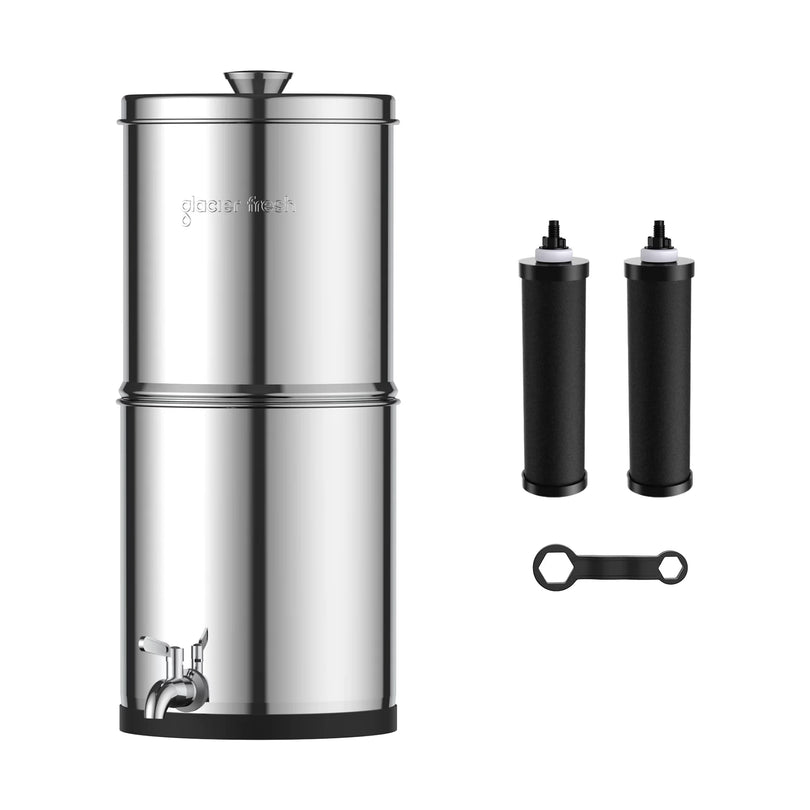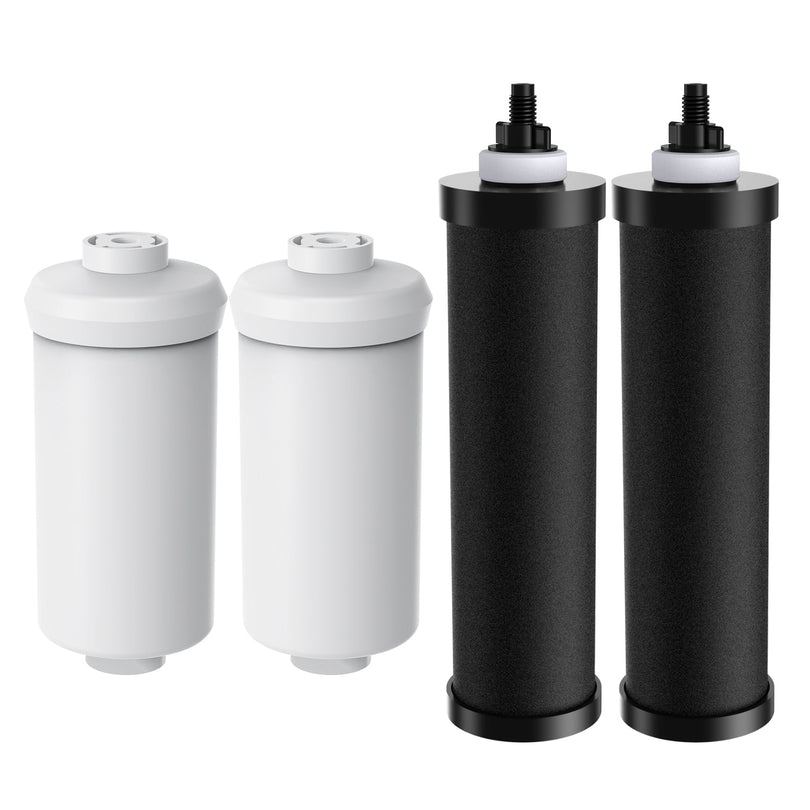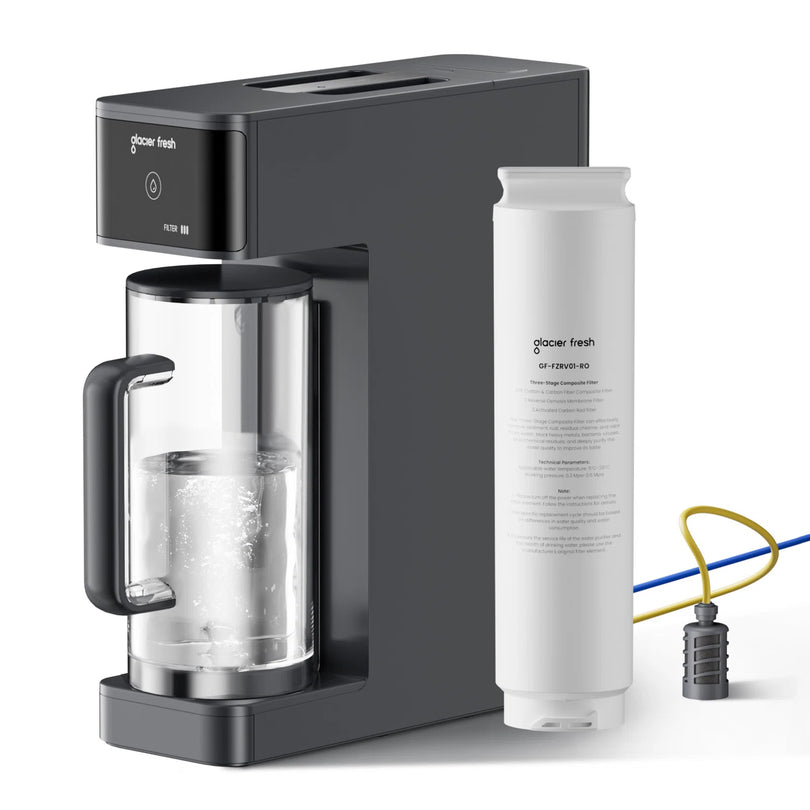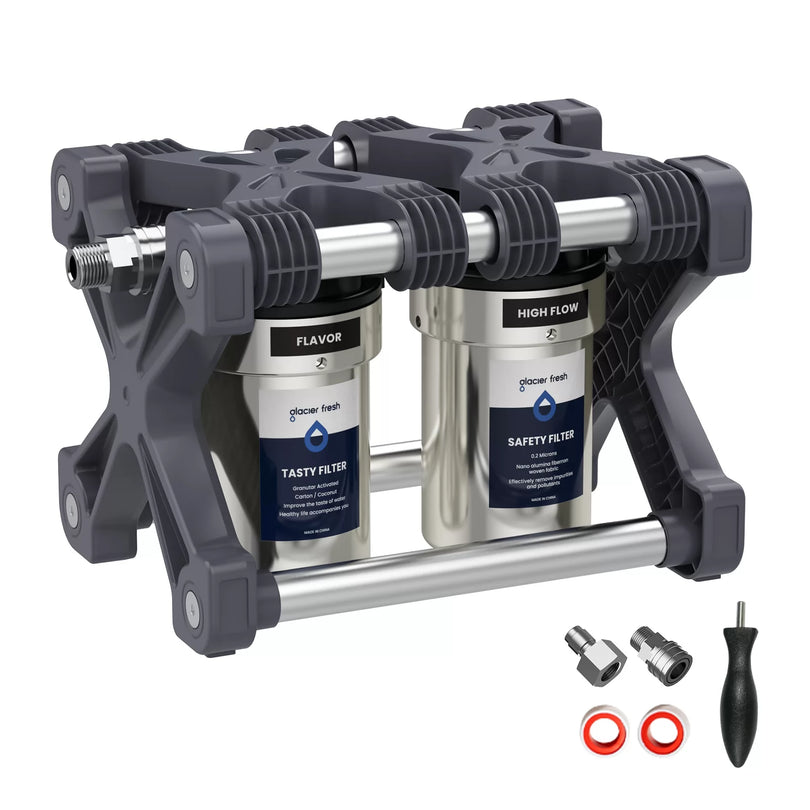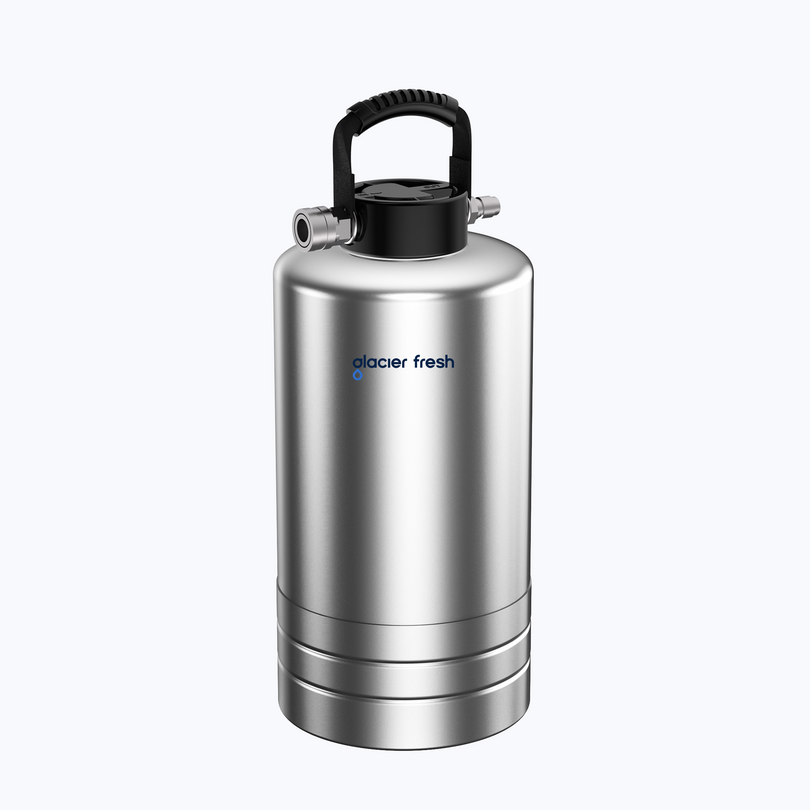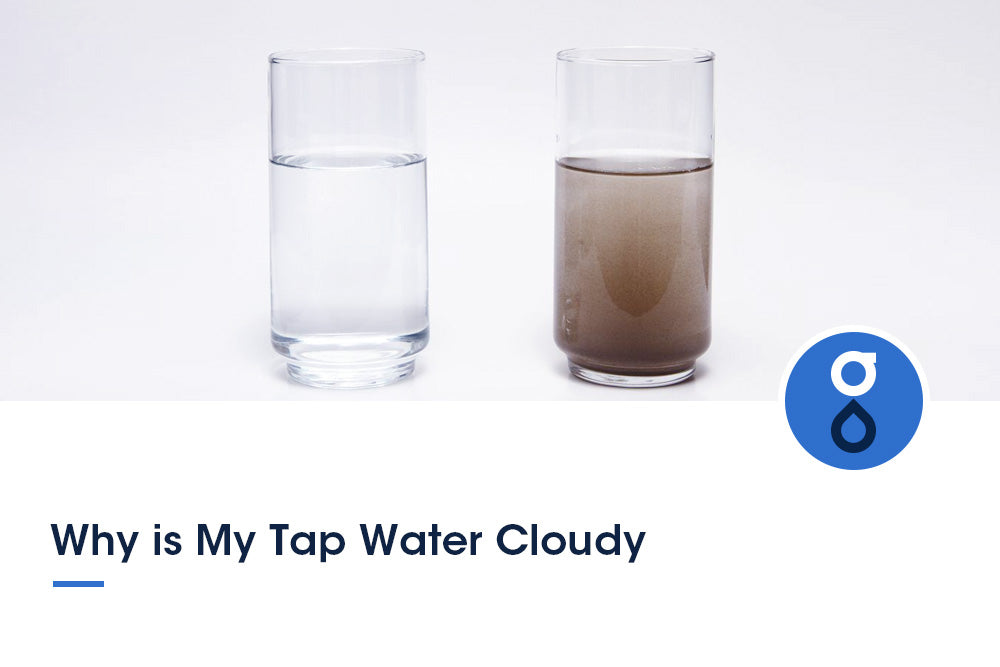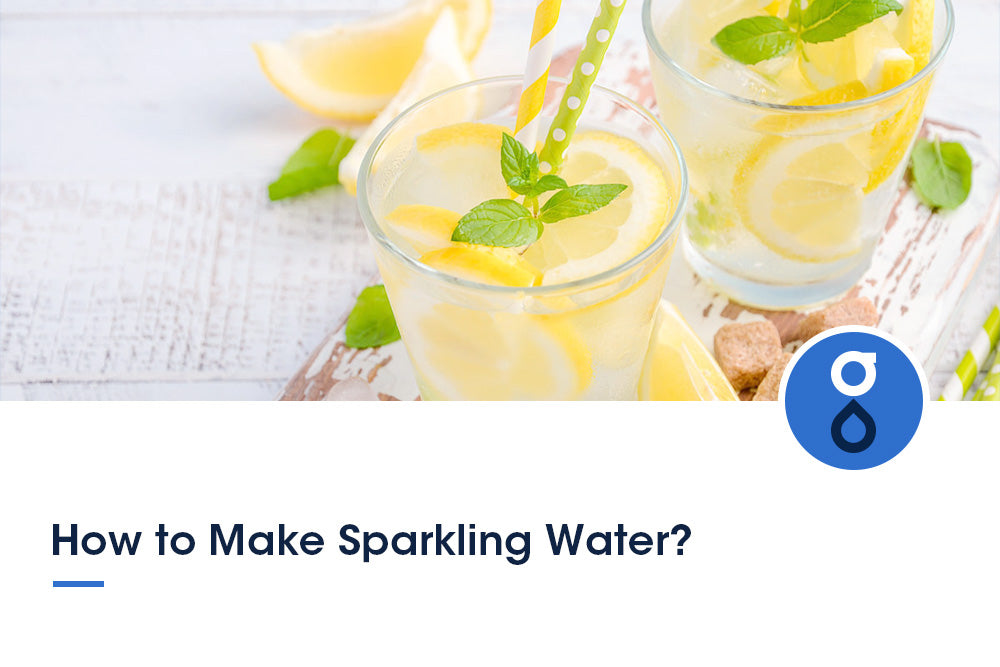Table of Contents:
How to Remove Chlorine from Water
What is the Safe Level of Chlorine
Signs of Excessive Chlorine in Your Water
How to Test Your Water for Chlorine Levels
Effective Methods to Remove Chlorine from Your Water
Choosing the Best Dechlorination Method
FAQs
Conclusion
Chlorine is a green-yellow gaseous element at room temperature. Individuals use it for water treatment to kill disease-causing microorganisms. Besides, it’s used for plastic production, bleach, and other solvents. Government agencies regulate how to use chlorine.
This article will enlighten you about safe chlorine levels, how to know if water has chlorine, testing methods, and effective ways to remove chlorine from water. Keep reading.
How to remove chlorine from water?
If you’re among the 86% of US residents using municipal water, it certainly contains chlorine. While effective against pathogens, chlorine oxidizes other substances, which may create toxins. Overexposure to chlorine can cause skin, respiratory, and eye issues. Studies say it may also lead to allergies, asthma, and cancers like those in the colon and bladder.
A suitable method of removing chlorine from water is using activated carbon filters. Get the right filter and install it at your appropriate location. Before you pass water through the activated carbon filter, pre-treat to eliminate debris that may clog. Pass the pre-treated water through the filter, and it will eliminate chlorine through adsorption. Other alternative methods include boiling, sodium thiosulphate, reverse osmosis, UV purification, evaporation, and Vitamin C.
What is the Safe Level of Chlorine?
US government organizations like the EPA (Environmental Protection Agency) regulate chlorine water concentration. The EPA sets chlorine’s maximum contamination level at four ppm (parts per million) or 4mg/L (milligrams per liter). This degree is safe for human intake and helps lower drinking water's pathogen load.
Signs of Excessive Chlorine in Your Water
Often, you can detect dangerous chlorine concentration through your body's senses and reactions. The indicators of excessive chlorine in water include:
- Strong odor: Does your water smell pungent, like bleach or the pool? If an overpowering scent is present, it may indicate unsafe chlorine concentrations.
- Unpleasant taste: High chlorine levels may make water and food taste bitter or metallic.
- Skin irritations: Chlorine removes protective natural oils from your skin, leaving it vulnerable. So, if you notice redness, excessive drying, or itchiness after showers, test your water.
- Eye irritations: Chlorine can lead to eye reddening and cause stinging or burning sensations.
How to Test Your Water for Chlorine Levels
Chlorine appears in different forms requiring unique methods for testing. You can test water for chlorine using pool and color-wheel test kits or a digital colorimeter.
Pool Test Kits
Pool Test Kits method uses a liquid chemical othotolidine (OTO). The OTO changes to yellow when total chlorine is present. Here are the steps to use a pool kit:
- Place water in a tube.
- Add 1-5 OTO drops.
- Observe the color.
Unfortunately, the Pool Test Kits method doesn’t determine free chlorine presence.
Color-Wheel Test Kits
The Color-Wheel Test Kits use a tablet or powder chemical N, N-diethyl-p-phenylenediamine (DPD). When chlorine is present, the tablet or powder’s color turns pink.
Match the color to a numerical total or free chlorine reading. Color-wheel kits are more affordable and less challenging to use than digital meters.
Digital Colorimeters
Digital Colorimeters are the most effective total and free chlorine testing kits.
- Add DPD powder or tablets to a water sample vial and watch for a pink color change.
- Place the vial into the provided meter.
The meter decerns chlorine concentration by color change intensity. After emitting the color-intensity-testing wavelength, these colorimeters display free and total chlorine results.
Effective Methods to Remove Chlorine from Your Water
Are you looking for how to remove chlorine from tap water? Here are the strengths and shortcomings of the top techniques of dechlorination.
Activated Carbon Filters
The use of Activated Carbon Filters guarantees up to 99% effectiveness. Activated carbon filters feature a vast internal surface area reaching 1,000 m2/gm (square meters per gram). The finer the mesh, the more effective it is at a given flow rate.

Below is how mesh types compare.
|
Mesh Type |
Removal Efficiency |
|
20 x 50 (finest) |
99% |
|
12 x 40 (most popular) |
33-50% |
|
8 x 30 (largest) |
5-10% |
As water passes through the filters, the surface pores grab chlorine molecules. However, chlorine molecules don’t stick to activated carbon. Instead, they react and change to chloride molecules. The chloride molecules trickle out of the carbon bed, completing chemical adsorption.
Boiling Water
Looking for an easy way of how to remove chlorine from drinking water? Chlorine converts to gas and evaporates with steam when you boil water. A 15-to-20-minute boil is effective and good for individual use.
Sodium Thiosulfate

Sodium Thiosulfate is a quick water de-chlorinator and a simple method of how to remove chlorine from water without a filter. It’s popular for swimming pools.
RO (Reverse Osmosis)
Reverse osmosis systems remove impurities by pressure. As water passes the semi-permeable membrane, large chlorine molecules remain behind. RO is costly due to regular membrane replacement. If you use the membrane longer, it may lead to bacterial buildup.
UV Lighter Purifier
The optimal wavelengths for effective chlorine removal by high-intensity UV is 180-400 nm. The UV light causes a photochemical reaction. As a result, it converts chlorine into hydrochloric acid, which you can remove.
Evaporation

A method of how to remove chlorine from water naturally is through evaporation. Exposing water for several days reduces chlorine but doesn’t remove it all. This method removes chlorine in gaseous form as water evaporates. It is an inexpensive way as no special equipment is required.
Vitamin C
Vitamin C is an affordable option that neutralizes chlorine. Add a few drops of the solution or a tablet to your water. Sometimes, Vitamin C may alter the taste and smell of your water.
Choosing the Best Dechlorination Method: Key Factors to Consider
Dechlorination methods vary in effectiveness, simplicity, expenses, and more. So, which method should you use, and what factors do you need to consider as you explore how to remove chlorine taste from water?
The Level of Chlorine in Your Water
The higher the concentration, the more robust the method required. If there’s too much chlorine, use activated carbon filters or UV.
The Volume of Water Needed
Adding Vitamin C or boiling chlorinated water is enough if you need a glass or two. However, choose methods like activated carbon or UV treatment for extensive dechlorination.
The Cost and Maintenance Requirements
Methods like Vitamin C and boiling are affordable. But, these two may not apply commercially. Alternatives like UV dechlorination and activated carbon filters may seem pricey initially. However, they last longer and have affordable maintenance.
Potential Side Effects
Some methods, like Vitamin C application, may change the water's taste and smell. Others, like boiling, may not clear residues. Meanwhile, activated carbon filters may not remove all impurities. So, pick what suits your water quality requirements.
FAQs
Is Chlorinated Water Safe to Drink?
Yes, chlorinated water from municipal suppliers is safe to drink and is unlikely to harm you. The EPA regulates chlorine water levels in the USA, ensuring suppliers limit it to 4mg/L.
Is Chlorinated Water Bad for Plants?
Yes, chlorinated water harms plants. It may kill beneficial microorganisms and bacteria and lead to root rot.
Can You Swim if the Chlorine is High?
You can safely swim if chlorine is as high as nine ppm. However, you may experience eye, skin, and respiratory irritations. Recommended chlorine concentrations are at least one ppm for swimming pools. Hot tubs need three ppm. It’s best to keep your pool at five ppm or lower.
Conclusion
There are many options of how to remove chlorine from water. You can add Vitamin C or sodium thiosulfate. You can also use an RO system or UV lighter, boil the water, or leave it to evaporate. Follow Glacier Fresh to find more water filtration solutions.





